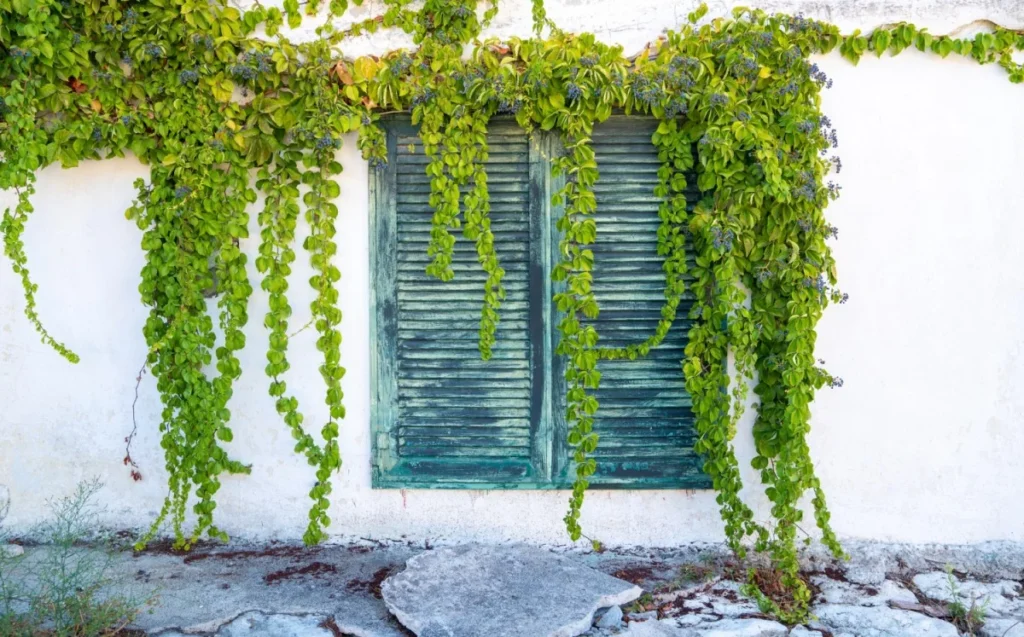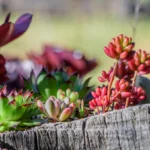Flowering climbing vines breathe life into arbors, transforming garden spaces into vibrant, enchanting retreats. These plants not only offer seasonal blooms but also create shade, privacy, and habitat for pollinators like bees and butterflies. Whether aiming for a fragrant walkway, a secluded garden nook, or an accent to outdoor structures, climbing vines with flowers are an excellent choice.
Choosing Flowering Climbing Vines for Arbors
Selecting the right flowering climbing vines depends on climate, growth habits, maintenance requirements, and personal aesthetic preferences. Some varieties are fast-growing with blanket-like coverage, while others take a slower but more manageable approach. Understanding their characteristics and care needs helps ensure a thriving and beautiful garden.
Factors to Consider
- Climate Suitability: Some vines, like bougainvillea, thrive in warm, tropical climates, while clematis prefers temperate regions.
- Growth Rate: Fast-growing vines provide quick coverage but may require frequent pruning.
- Sun vs. Shade: Some vines demand full sun to bloom profusely, while others tolerate partial shade.
- Soil and Moisture Needs: Well-draining soil and consistent watering are crucial for healthy plant development.
- Support System: Vines climb differently—some twine around structures, while others rely on tendrils or adhesive pads.
Best Flowering Climbing Vines for Arbors
Bougainvillea
A radiant choice for dramatic displays, bougainvillea provides an abundance of blossoms in shades of pink, orange, red, and purple. It thrives in sunny, warm climates and requires a sturdy arbor with strong supports. This vine flourishes with minimal maintenance aside from occasional pruning to manage its rapid growth. For a complete guide on its care, visit Bougainvillea Plant Care Guide.
Clematis
Clematis is a versatile choice with varieties blooming in different seasons. It offers bold hues ranging from blues and purples to vivid reds and crisp whites. Clematis prefers well-draining soil and consistent pruning based on its specific type—some require yearly trims after flowering, while others thrive with minimal intervention.
Honeysuckle
Known for its sweet fragrance and tubular flowers, honeysuckle attracts hummingbirds and adds an enchanting aroma to garden spaces. It grows vigorously, making it ideal for rapid cover, yet some species can become invasive if not managed. It thrives in full sun but can tolerate partial shade.
Wisteria
Wisteria’s cascading blooms of lavender, white, or pink create a storybook effect. This deciduous vine needs sturdy structural support and pruning to prevent excessive spread. Though breathtakingly beautiful, wisteria takes time to establish, but once mature, its seasonal display is unforgettable.
Climbing Roses
Classic and timeless, climbing roses provide a romantic floral touch to arbors. They require ample sunlight, rich soil, and regular pruning to shape growth and encourage maximum blooms. Unlike some other vines, climbing roses need support because they do not attach naturally to structures.
Passionflower
Apart from its exotic appearance, passionflower benefits gardens by attracting pollinators. Some varieties also bear edible fruit. This vine is relatively low-maintenance, thriving in well-draining soil with ample sunlight.
Trumpet Vine
Renowned for its bright orange-red blooms, trumpet vine is a magnet for hummingbirds. While it grows quickly, it can become aggressive if left unchecked. Regular pruning and structural reinforcement keep growth under control.
Maintaining Flowering Climbing Vines
Proper maintenance ensures that flowering vines remain a stunning feature rather than an overgrown challenge.
Pruning and Training
Regular pruning prevents excessive spread and encourages healthy blooms. Training vines along arbors ensures even coverage, directing growth where desired. Using garden ties or twine helps vines adhere to supports.
Soil and Watering Needs
Each vine has unique soil and moisture requirements, but generally, well-draining soil with organic compost provides optimal growth. Watering deeply but infrequently encourages strong root systems.
Pest and Disease Management
Aphids, spider mites, and powdery mildew can affect climbing vines. Encouraging beneficial insects like ladybugs, using neem oil, or applying organic fungicides can help control issues naturally.
Complementary Plants for Arbors
Pairing vines with ground plants or shrubs enhances visual appeal. Small white flowers like jasmine create a delicate contrast, while black flowers, such as bat plants, add depth and sophistication to a garden design. Explore options for black flowers for dramatic garden appeal or small white flowers for an elegant touch.
Final Thoughts
Flowering climbing vines transform arbors into thriving focal points, adding color, fragrance, and shade. With the right selection, maintenance, and structural planning, these vines flourish, creating inviting garden spaces year-round. Choosing the right type ensures effortless beauty while complementing the home’s landscape aesthetic.



